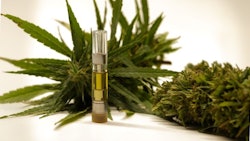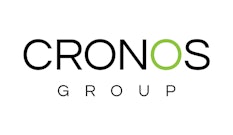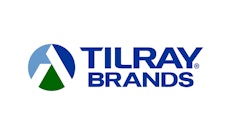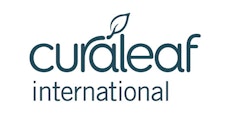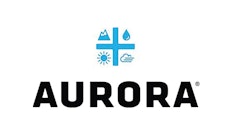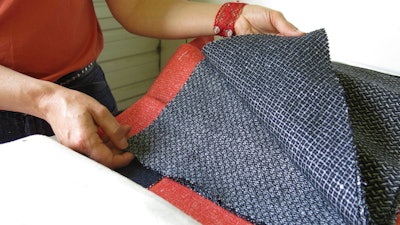
The historic southern French region of Occitania is experiencing a hemp textile renaissance, and not with just any fabric, but with the durable, long-fiber denim fabric used in jeans.
Beside the fame of its historic wine region Languedoc, the area was once well known for extensive commercial hemp cultivation that supplied countryside weaving workshops.
Occitania’s climate is dominated by its proximity to the Mediterranean Sea, resulting in mild winters, hot, dry summers and warm autumns. It is the sunniest region of France, with more than 300 days of sunshine, but also receives sufficient summer rain to support hemp cultivation.
The mountainous landscape is intersected by fertile river valleys and rocky clay soils that are rich in limestone and well-suited for hemp fiber production.
The Birthplace of Denim
The ancient Roman city of Nimes—situated in the heart of Occitania—is famous for its iconic fabric Serge de Nimes. Serge, which is no longer produced in France, was a sturdy twill weave fabric woven with hemp and dyed indigo. The material was used to make jeans and was later given the name “denim,” which is a term commonly used to describe jeans' fabric today.
France has a lengthy experience with commercial production of hemp fabric. During the 19th century, France exported the fabrics throughout Europe and to America.
Not only do denim fabrics originate from France, but so does canvas—derived from the word “cannabis”—a tabby hemp fabric that is a tightly woven, long-wearing and used for bedding, towels, sacks, tarpaulins, and other household and commercial textiles.
In the town of Castres to the west is the formerly family-owned weaving mill Tissages d'Autan, dating back to the 1930s, and the company’s contemporary motto is “Jeans will grow on the fields again.”
The factory partners with VirgoCoop, a business management consultant business in Cahors, France, which has the primary goal of accelerating the emergence of environmentally friendly and socially responsible projects, and its team is dedicated to promoting local and organic textile production.
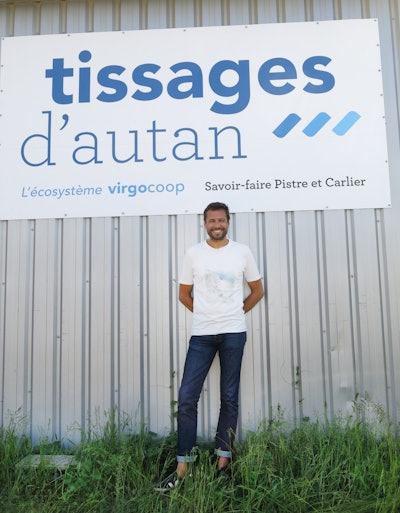
“VirgoCoop strive[s] to grow and spin French hemp into textiles with the same nice quality as in the past,” explains Mathieu Ebbesen, co-founder and director of the Tissages d' Autan mill and president of VirgoCoop, adding that the first steps are renewal of organic textile hemp production and other fair-trade sectors in Occitania and beyond.
Ebbesen works to coordinate the efforts of hemp growers, spinners and weavers, while following his commitment to social equity and economic improvement within the community. He speaks knowledgeably about historical textile production, explaining that this region of Occitania became renowned for its quality wool production, adding that this is also something he wants to implement into the company’s branding strategy.
“When the cooperative started the weaving mill, we were determined that we would only produce hemp fabric from 100% hemp fibers. Today, I have changed my mind set,” Ebbesen says.
The mill produces new designs of exclusive fabrics using blends of wool and hemp. On the one hand, modern wool production poses environmental problems, as raw wool from France is shipped to China to be processed and then sent back as yarns to France. This unsustainable production model is something he intends to change by locally spinning and producing wool. On the other hand, there are many challenges with the processing and spinning of long-fiber hemp, which must first be surmounted before larger fabric volumes can be made of pure hemp.
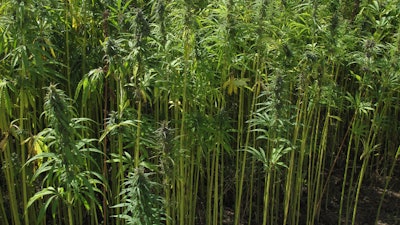
Futura 75 is a European Union-approved monecious “industrial hemp” variety with a THC content below 0.3%. This cultivar performs well during the short, winter season in northern Europe as well as during the long, summer season in southern Europe. Futura 75 grows rapidly, and when sown in the spring, reaches up to 4 meters tall by August producing high fiber yields, or if left to mature, its seeds can be harvested in the autumn.
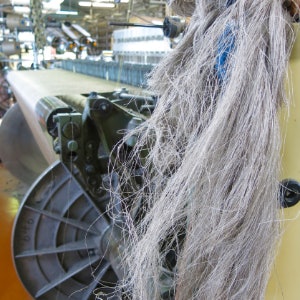
He believes that challenges with preparing and spinning long hemp fibers will be surmounted within 10 years, and the mill will have much larger volumes of high-quality hemp fiber to work with.
“Today France is the largest European producer of hemp seeds, and we will try to breed a variety that’s fit for the textile industry,” Ebbesen explains.
Processing hemp into strong denim fabrics with existing processing lines is a challenge. Therefore, Ebbesen says Virgocoop plans to breed a French monecious hemp variety that will be more uniform at harvest and which, in turn, will generate more homogenous fibers required by modern spinning lines. The company also plans to upgrade its current spinning machines to better handle long fiber.
“We know that our farmers appreciate the value of growing hemp in rotation before wheat and other field crops, and not especially for another purpose than this, but they must still remove the stalks from their fields. Therefore, we contract them and store the stalks they harvest and dry,” he says, pointing out that many farmers in Occitania receive €300-350 (or $305-356 USD) per each ton of bulk hemp stalks (5.0-6.0 tons/hectare or 2.2-2.7 tons/acre), and that there are both organic and conventional growers in the region. He keeps the doors open for all hemp growers but later plans to switch to just organic production.
Farmers in the area are interested in growing hemp, Ebbesen says. “In the future, we will easily contract farmers to grow 500 hectares,” he says, adding that first they need to acquire funding to purchase decortication and spinning equipment. “Fiber processing lines are costly, and we are currently deciding between investing in cottonization equipment or in developing improved long fiber processing.”
Cottonization is a modern technology in which bast fiber plants such as hemp and ramie are treated to release the fiber from the bark with a combination of pressure, alkaline water and enzymes.
Cottonized fibers are shorter and softer and can be spun with ordinary cotton or wool-spinning equipment. The advantages of cottonization are that the fibers can be spun faster, and it allows mixing hemp with other fibers in blended yarns.
The technology is used today largely in China, where most hemp textiles are woven with cottonized fibers. The disadvantage of cottonization is that shorter fibers produce a weaker yarn than long fibers; however, the method offers a more versatile and profitable way of processing hemp fibers that could provide a stronger economic position for both farmers and processers.
“Processing long fiber hemp into jeans will make them very expensive. We do not want to sell €300 (or $305 USD) jeans, and since the farmers would then receive only a small fraction of the price, cottonization can be the solution,” Ebbesen says.
“If we receive investment in cottonization, we will most probably blend the hemp with wool,” he adds, repeating that he is no stranger to mixing hemp with other materials. He also explains that blended wool and hemp fabrics have fantastic qualities, which can be used for other purposes than jeans, such as jackets, shoes and home furnishings.
For instance, wool adds warmth to hemp fabrics and reduces wrinkling. The two materials can either be directly blended in the yarn, or in the weaving mill's newly designed fabrics using wool in warp and hemp in weft—both techniques produce durable, yet soft fabrics.
“Cottonization equipment will be the costliest solution, so to move forward with it will likely require cooperation with other French hemp textile producers,” he says. He also emphasizes how important it is to keep production locally based, and how it is prohibitively expensive to transport bulky hemp stalks far from where they are grown.
(VirgoCoop is also selling hemp biomass. After the bark, which accounts for 30% of the weight, is removed from the stalks, the remaining hurds or shives from the woody inner core—about 60%—as well as stalk dust—about 10%—that can be utilized in other products.)
In ancient times, Ebbesen says, large farm fields were called “canabal” or “canaval,” both terms relating to “cannabis,” showing that hemp was extensively grown then. Hemp fabrics were locally made and commonly used, and vintage hemp textiles can still be found in households throughout the region.
“During the middle of 19th century, if a person wore hemp clothes to a festival, that was considered a sign of poverty,” he says. “But today wearing hemp clothing is a statement of sustainability.”









